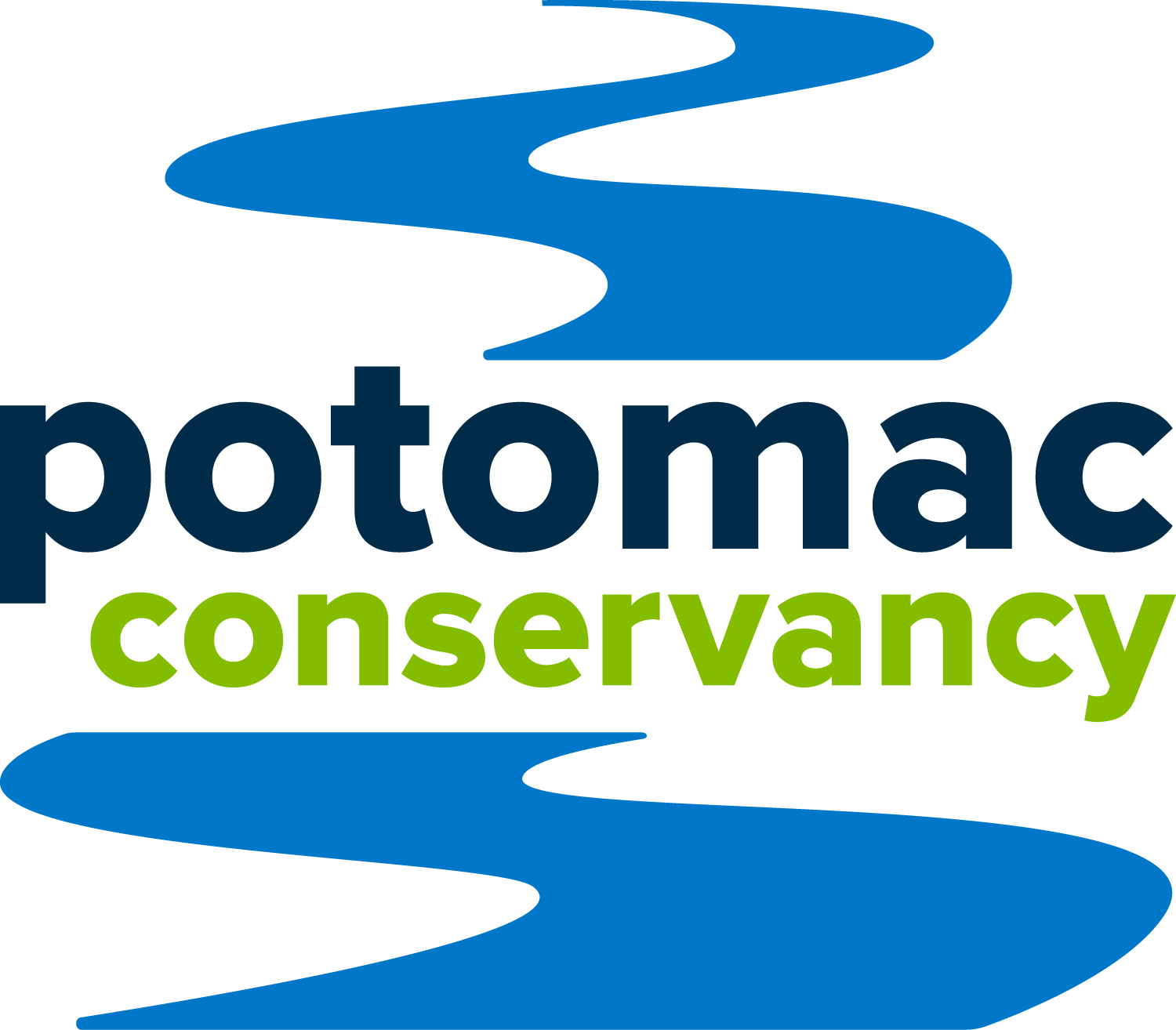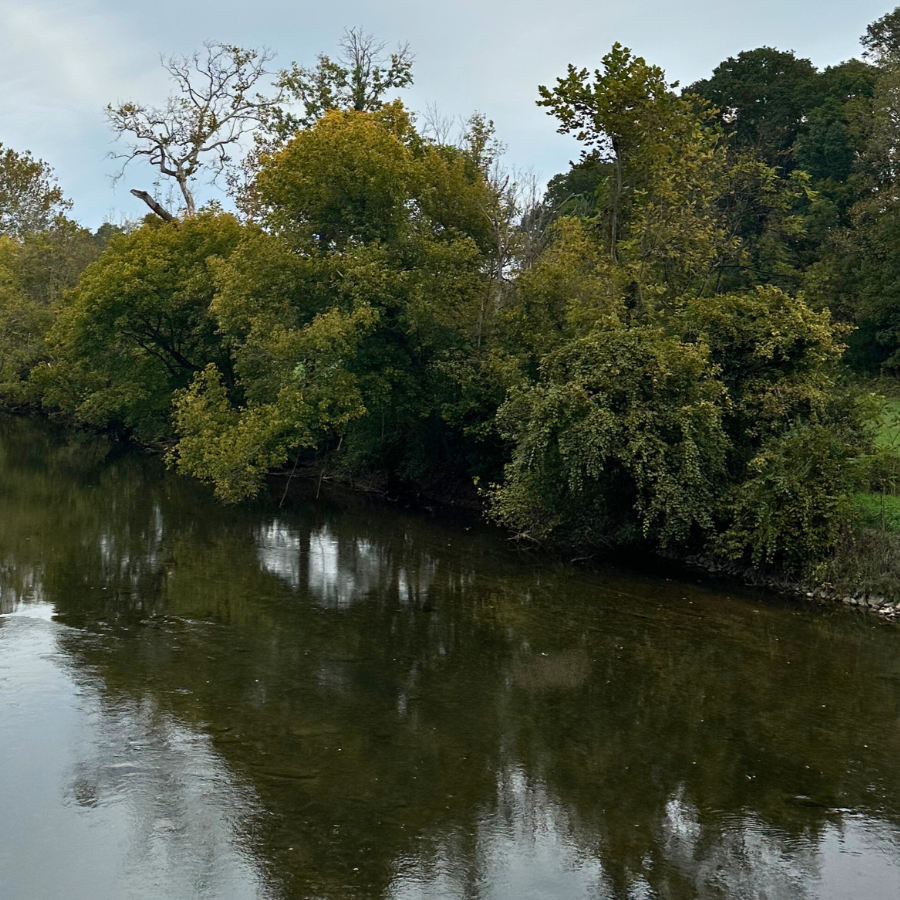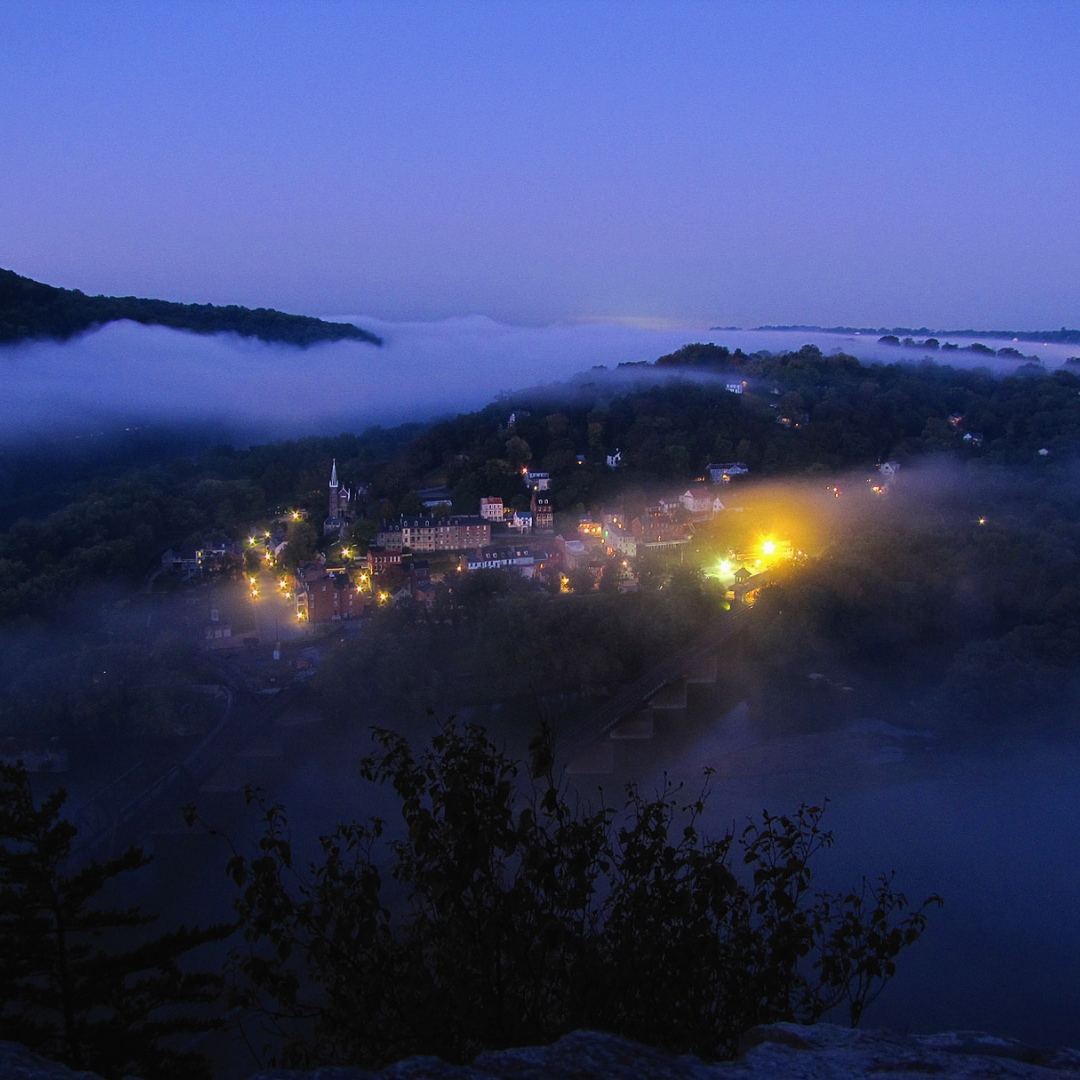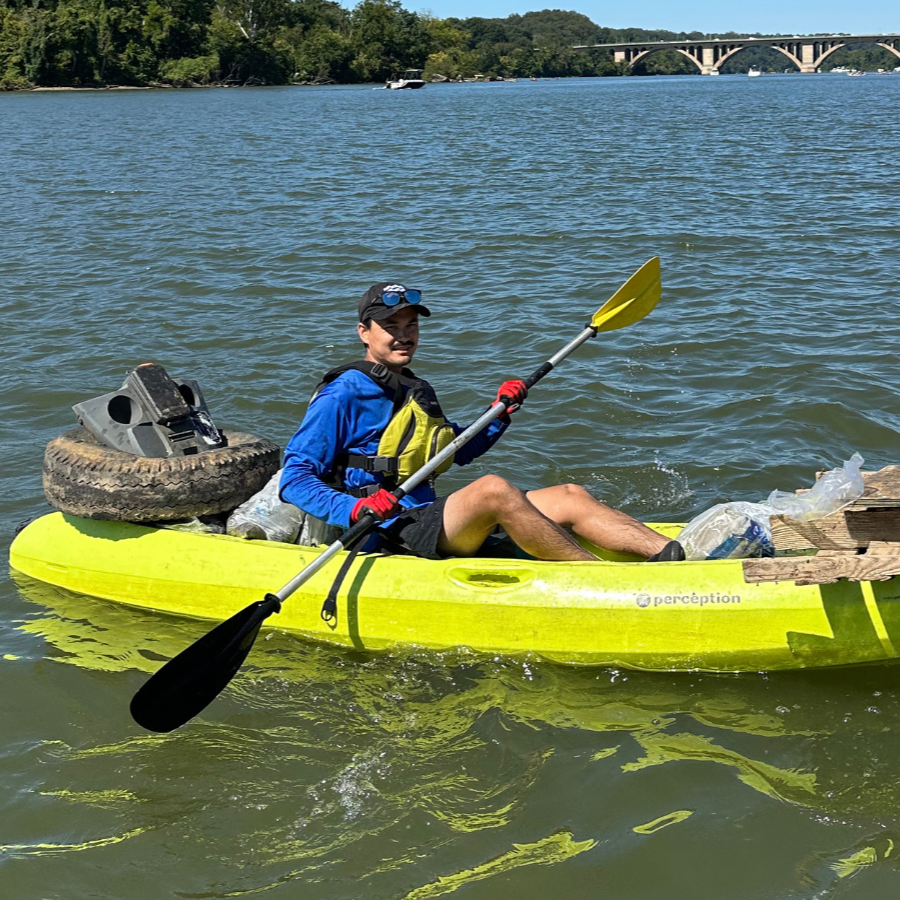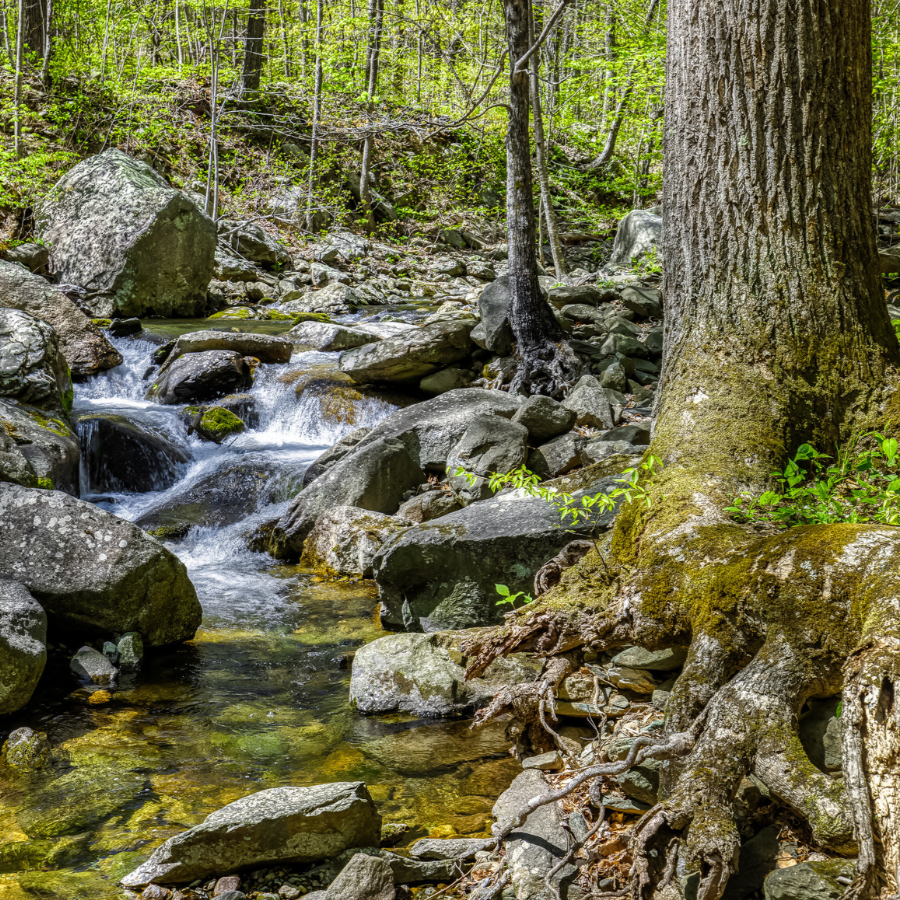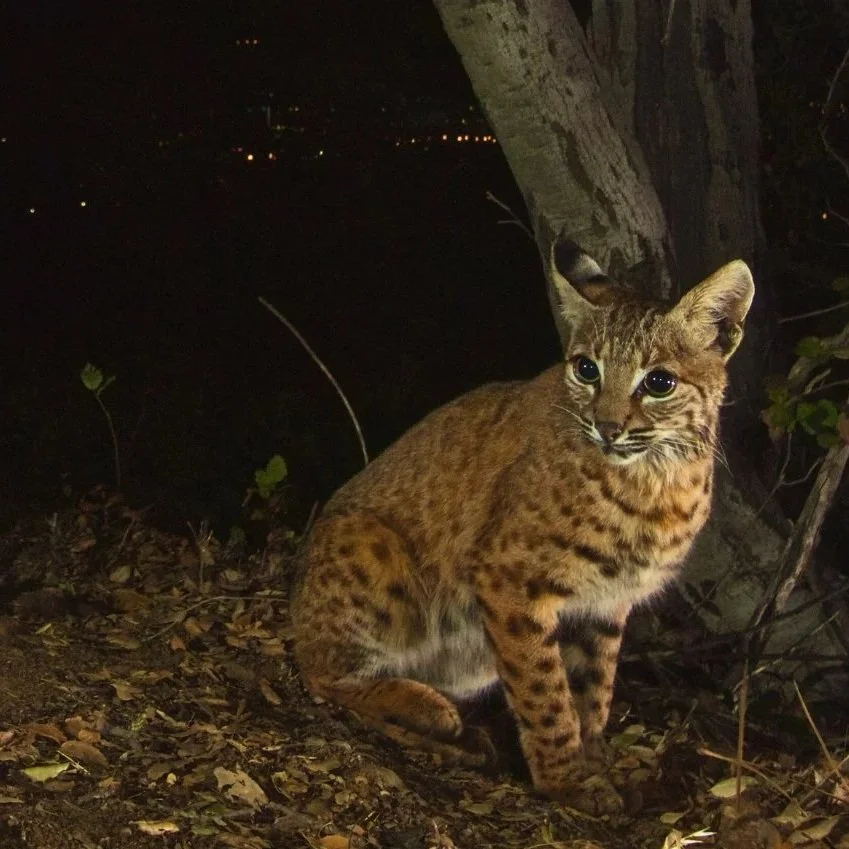Beyond its beauty, what history does Great Falls hold?
/From its ties to our first President to its thriving outdoor recreation scene today, Great Falls has it all!
Potomac River in Great Falls Park, Virginia - photo credit pontla CC BY-NC-ND 2.0
Great Falls Park is an iconic symbol of the Potomac River and the most visited park in our region, drawing half a million visitors each year. When we think of the park, images of rushing falls, impressive rock formations, and wild rapids come to mind. But as any visitor will tell you, Great Falls is far more than a photo opp: It has a deep history that shaped our region and continues to be a critical part of our local communities today.
How Great Falls got on the map
View of greats falls in 1943 - Photo credit: Historic American Engineering Record (Library of Congress)
George Washington saw the potential for the Potomac River and knew that transportation was essential to the success of the young United States. He made it his life goal to see the Potomac River made navigable as far as the Ohio River Valley. This was no easy feat: With over a half mile of cascades and rapids and a 76-foot drop over its span, Great Falls was incredibly tumultuous. Washington needed a serious plan.
In 1785, the president chartered The Patowmack Company to find a pathway west by clearing a river channel and building skirting canals around the Potomac's more turbulent sections, like Great Falls. Navigating treacherous areas like Great Falls was expensive for the company. The Potomac’s unpredictable conditions made it challenging to return boats back up the river, and similar projects around the Erie Canal was proving successful. A canal project adjacent to the Potomac River grew increasingly necessary.
Drawings from potowmack company - Photo credit: Historic American Engineering Record (Library of Congress)
After 26 years of operation and ongoing financial challenges, the Patowmack Company declared bankruptcy. The new Chesapeake & Ohio Canal (C&O) Company acquired their charter and continued the work of developing an improved still water canal system in Mayland. The project was completed in 1850.
These days, the Chesapeake & Ohio Canal (all 184.5 miles of it!) is one of the region’s most popular destinations for hiking and biking!
Enjoyed and protected for its beauty
View of great falls in autumn
Though Great Falls never became the transportation hub Washington envisioned, it was still cherished for its idyllic views and pristine wildlife. In 1930, Congress authorized the conservation of 800 acres of land around the historic Patowmack Canal. Great Falls, rich with stories of early American history and natural beauty, was transferred to the National Park Service in 1966.
Recreation in Great Falls today
Hiking: People from near and far enjoy over 15 miles of trails
Whitewater kayaking: Adventurers are drawn Great Falls for its thrilling water sports
Finding a moment of calm: Not everyone who comes to Great Falls is looking for an adrenaline rush; many visitors come to unwind and relax
Birdwatching: The park is home to over 150 bird species, drawing flocks of birders year-round
Discovering new plants: For those who love ID'ing new plant species, you're bound to find unique ones here!
Kayaker in great falls - photo credit: Will fisher CC BY-SA 2.0


